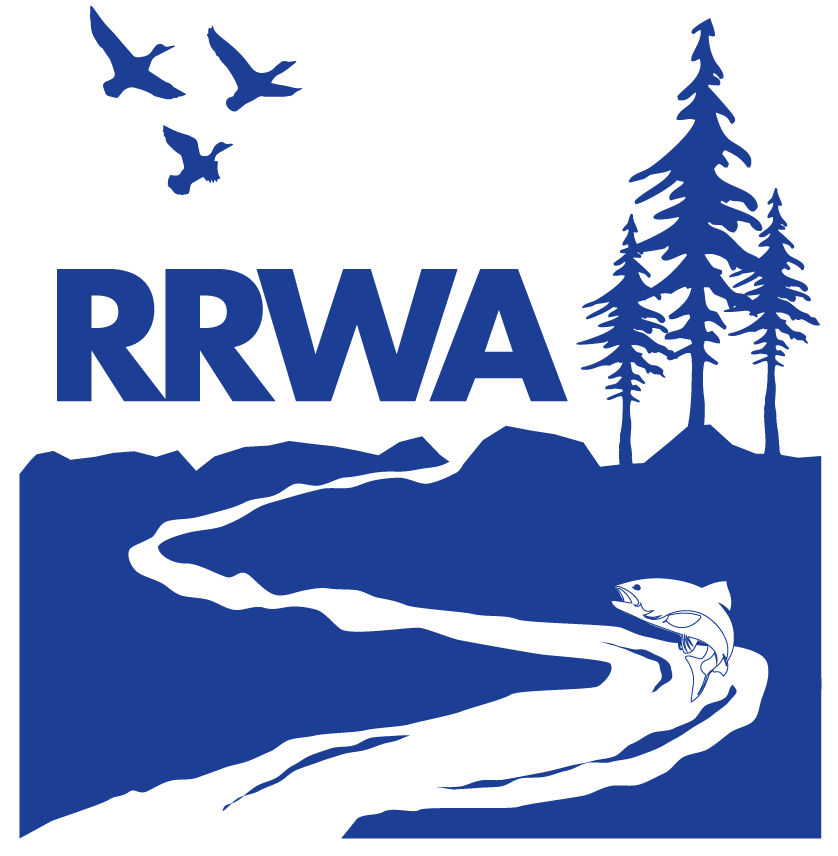Santa Rosa Unveils Its New Sustainable Education Garden
The Sustainable Education Garden, located at Santa Rosa’s City Hall, will celebrate its grand opening June 20th from 10:00 ‑11:30 am. Join us for the ribbon cutting ceremony, refreshments, and a tour to highlight the innovative features built into this beautiful garden. Attendance is free, but please RSVP to watersmart@srcity.org.
Funding from the State
The City of Santa Rosa received $806,174 in grant funds from the State Water Resources Control Board to create an educational garden that demonstrates on-site stormwater capture and treatment, and low water‑use landscaping. To create the final design, City staff, design professionals, and community members participated in open design sessions and a 30-day public comment period, with the project’s landscape architect. City engineering staff completed the civil design work.
Improving Water Efficiency
This project converted 34,000 square feet of lawn and ivy into drought tolerant, low water-use landscaping. Upgrades include replacing the old inefficient overhead spray irrigation system with a high-efficiency drip system, and installation of a new weather-based irrigation controller that will apply water only when the plants need it, preventing waste and supporting plant health. This smart controller also uses flow-sensing technology to detect leaks or breaks and will alert staff to issues. The landscape and irrigation improvements from this project reduced site water requirements by 54 percent.

Harnessing Stormwater
Stormwater runoff from the City Hall area flows directly into Santa Rosa Creek, which subsequently flows into the Laguna de Santa Rosa. Untreated stormwater runoff typically carries pollutants from parking lots and hardscapes to local waterways. Sediment, nutrients, bacteria, higher water temperatures and decreased dissolved oxygen from urban stormwater runoff can negatively impact water quality and aquatic habitat. Capturing, cleaning and infiltrating stormwater runoff before it has a chance to leave a site improves water quality, and protects wildlife habitat in our local waterways.
The City Hall Sustainable Education Garden includes carefully designed swales and bioretention features that will slow and capture stormwater runoff to naturally clean and improve water quality onsite. The diagram below shows how the new Low Impact Development (LID) features can remove pollutants before the stormwater infiltrates and recharges ground water: porous concrete rings installed around existing storm drain inlets capture stormwater runoff (1) and direct it into lined permeable rock trenches (2) and structural soil (3), where the plants in the bioretention planters (4) can then collect, absorb, and begin to treat stormwater.
Additional features include 4,100 square feet of permeable concrete paving throughout the garden and a 2,100-gallon cistern that will collect and reuse rainwater from the City Hall roof. This rainwater harvesting system provides a stormwater LID function by storing rainwater for slow release into the swale, effectively mimicking the pre-development conditions.

Enhancing Community Spaces
The design of the Sustainable Education Garden invites the public to enjoy the City Hall campus in new ways. Visit the open-air classroom that features seating for formal workshops or informal gatherings, or take a self‑guided tour using the educational signs around the garden, which explain the benefits of Low Impact Development and Russian River-Friendly landscaping practices. To learn more about the project, please visit www.srcity.org/1177/Sustainable-Education-Garden.




